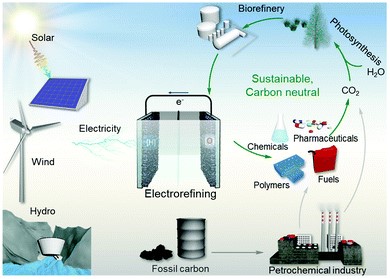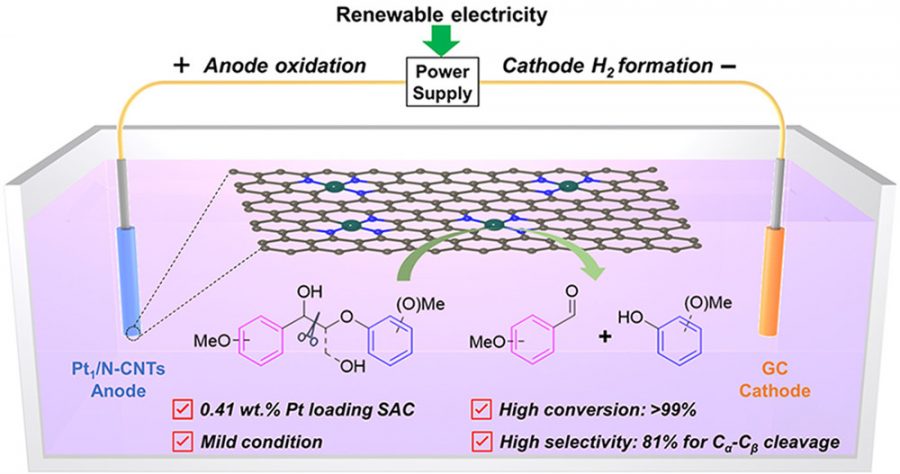9. Highly Efficient Separation of Magnesium and Lithium and High-Valued Utilization of Magnesium from Salt Lake Brine by a Reaction-Coupled Separation Technology
Guo, X., Hu, S., Wang, C., Duan, H.* & Xiang, X.*
Ind. Eng. Chem. Res. 2018, 57, 6618−6626
DOI: 10.1021/acs.iecr.8b01147
Abstract
Lithium extraction from salt lake brines is one of the most important pathways for obtaining Li-related products, e.g., Li2CO3 and LiOH, and for further fabricating electric energy-storage products, e.g., lithium ion batteries. The high Mg/Li ratio and high Mg content are remarkable characteristics of the salt lakes in the Qaidam Basin in China, making the Mg/Li separation and Li extraction rather difficult. Herein, we proposed a reaction-coupled separation technology for Mg/Li separation from brine with a high Mg/Li ratio. The core idea of this technology is that the Mg2+ cations were reacted to form a solid via a nucleation–crystallization separation method. The solid product was MgAl-layered double hydroxide (MgAl-LDH), a widely used and high-valued product in the family of LDHs. The Li+ cations were left in the solution after Mg2+ cations were reacted with alkali solution, accompanied by foreign Al3+ cations. That is to say that the Mg2+ cations can be incorporated into the layers of MgAl-LDH while Li+ cations cannot. The findings indicated that Mg2+ cations were almost completely extracted into the solid phase to form the LDH. The Li+ cations remained in the solution having a weight loss less than 8%, which is an excellent level of Li extraction from the brine with a high Mg/Li ratio. The effects of reaction parameters, e.g., ionic strength, nucleation rotating speed, Mg/Al ratio, and crystallization temperature and time, on the separation performance and lithium loss were investigated. The optimal conditions were derived for lower lithium loss and more outstanding Mg/Li separation performance, which can be a useful guide for environmentally friendly and sustainable Li extraction from the brine.


